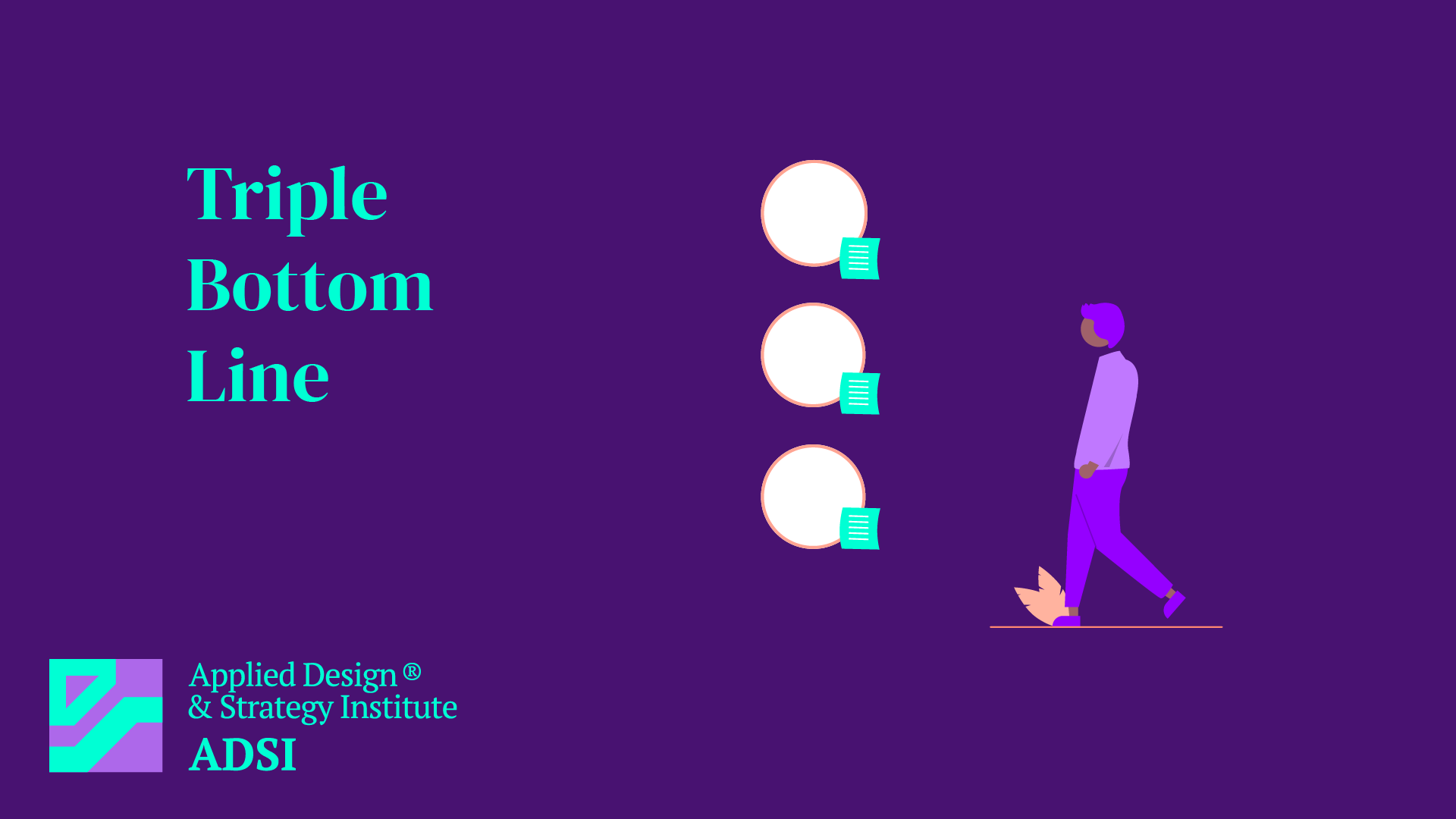Triple Bottom Line
Introduction
The Triple Bottom Line (TBL or 3BL) is a sustainability framework that expands the traditional reporting framework to include ecological and social performance in addition to financial performance. This concept was introduced by John Elkington in 1994 and emphasizes that companies should commit to focusing on social and environmental concerns just as they do on profits. The three components of TBL are People, Planet, and Profit.
People (Social Responsibility)
- Employee Welfare: Ensuring fair labor practices, safe working conditions, and respecting workers’ rights.
- Community Engagement: Contributing positively to the communities in which the business operates, through philanthropy, volunteer efforts, or community development initiatives.
- Ethical Practices: Upholding ethical business practices and transparency in dealings with stakeholders.
Planet (Environmental Responsibility)
- Sustainable Resource Use: Utilizing resources in a sustainable manner, minimizing waste, and conserving energy.
- Environmental Impact: Reducing the ecological footprint by minimizing pollution and greenhouse gas emissions and adopting eco-friendly practices.
- Biodiversity and Conservation: Supporting biodiversity and conservation efforts.
Profit (Economic Responsibility)
- Financial Performance: Generating profits and ensuring economic growth, which is essential for business sustainability.
- Economic Impact: Contributing to the economic well-being of communities and stakeholders.
- Long-term Viability: Focusing on long-term rather than short-term financial gains, ensuring the business can sustain itself and grow over time.
Implementation
Implementing TBL involves:
- Integrated Reporting: Reporting not only on financial outcomes but also on social and environmental impacts.
- Stakeholder Engagement: Involving stakeholders in decision-making and understanding their expectations and concerns.
- Sustainability Strategy: Developing and executing a strategy that integrates economic, environmental, and social objectives.
Challenges
- Measurement and Standardization: Difficulties in measuring and standardizing social and environmental performance.
- Balancing Conflicting Interests: Finding a balance between profitability and social/environmental responsibilities.
- Long-Term Investment: Commitment to long-term investments in sustainability, which may not yield immediate financial returns.
Conclusion
The Triple Bottom Line encourages businesses to look beyond traditional financial returns and consider their broader impact on society and the environment. By embracing TBL, companies can pursue sustainability, create a positive social impact, and achieve long-term financial success.



Leave a Reply